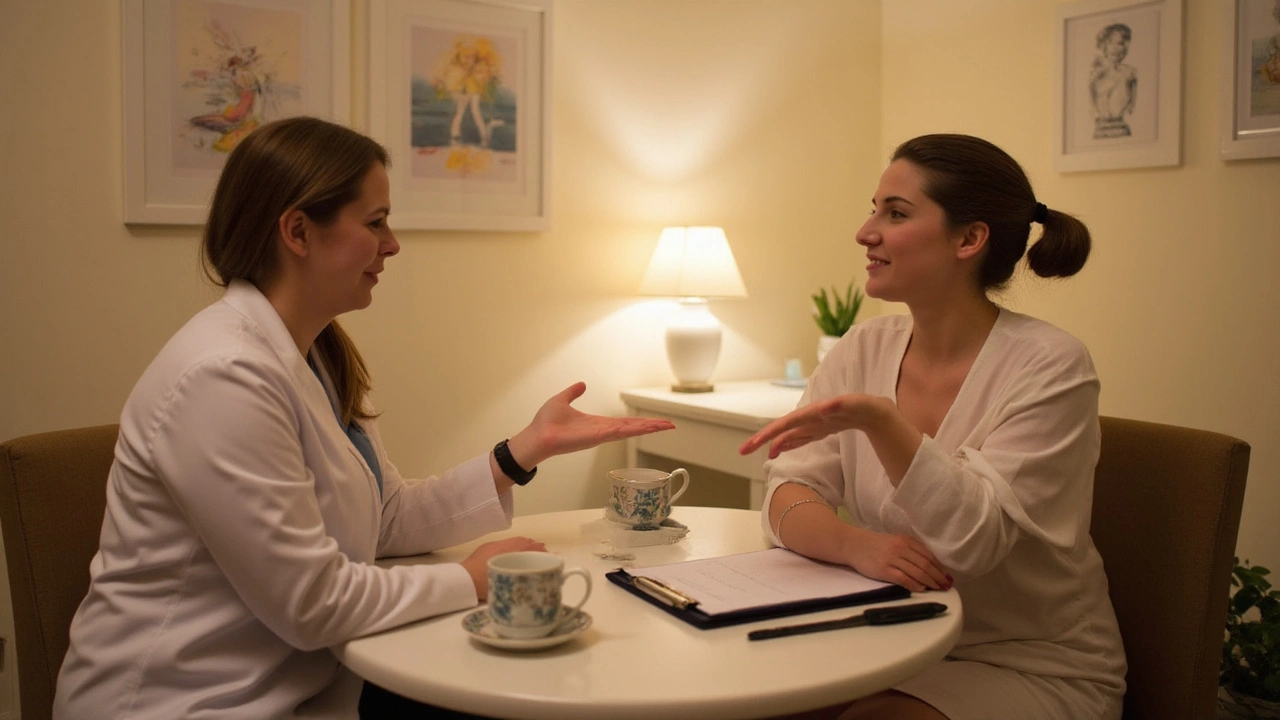How to Communicate with Your Massage Therapist for a Great Session
Good communication is the secret that turns a regular massage into a truly helpful experience. When you tell your therapist exactly what you need, you get the right pressure, focus areas, and overall comfort. Below are practical steps you can use before, during, and after a session to make sure the conversation is smooth and useful.
Before the Appointment – Set the Stage
Start with a short phone call or email. Mention any injuries, chronic pain, or recent surgeries. A quick note like, “I have tight shoulders from desk work and a sore lower back,” gives the therapist a clear starting point. If you prefer a certain pressure level, say it outright – “I like firm pressure on my back but light on my neck.” This saves time and avoids guesswork.
Also, let them know about any health concerns that could affect the massage, such as skin allergies or medication that thins blood. Most therapists appreciate honesty because it helps them stay safe and tailor the session.
During the Session – Keep the Dialogue Open
Don’t wait until the end to speak up. If the pressure feels too strong, say, “Can you ease up a bit?” If a spot is sore, tell them, “That area feels tender, could you focus less there?” Simple phrases keep the therapist on track without breaking the flow.
Ask questions if you’re unsure about a technique. For example, “What does this stretch do for my hips?” shows you’re interested and helps the therapist explain the benefits. When the therapist checks in, answer honestly – “I’m comfortable, thanks,” or “A little more pressure would be great.”
Sometimes you might feel uncomfortable with a certain move. It’s okay to say, “I’m not ready for that yet,” and the therapist will adjust. Remember, the session is for you, so your feedback matters.
At the end of the massage, share what worked best. A quick “The shoulder work really helped my tension” gives the therapist a note for future visits. If you have any lingering soreness, mention it so they can suggest post‑massage care.
Finally, ask about after‑care. Simple advice like “Should I stretch for 10 minutes?” or “Is a warm shower okay?” shows you want to keep the benefits lasting.
Good communication doesn’t have to be formal. Treat it like a chat with a friend who knows a lot about your body. The more you speak up, the more the therapist can adapt, and the better you’ll feel after each session.
How to Communicate Effectively with Your Massage Therapist: Best Ways to Get the Perfect Massage
Want a great massage every time? Learn how to talk openly with your massage therapist to get exactly what you need, from pressure to privacy.
VIEW MORE
